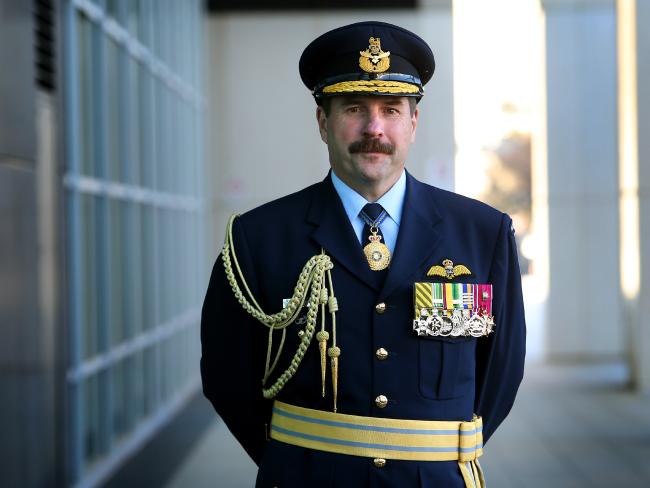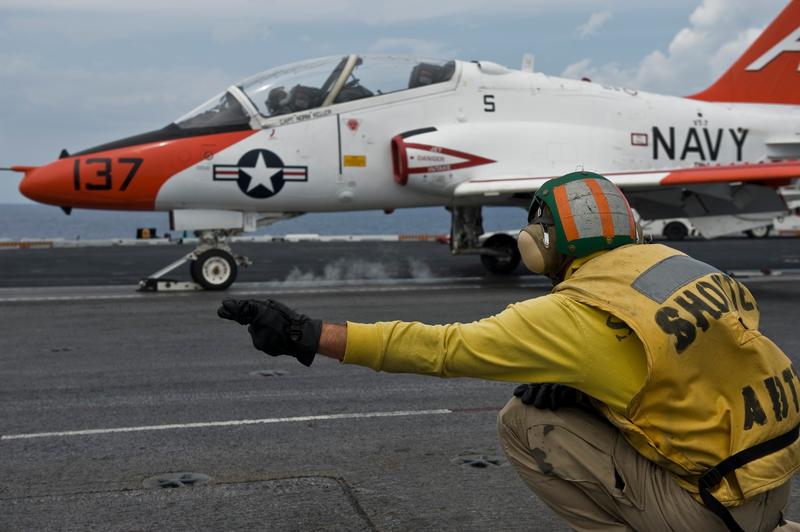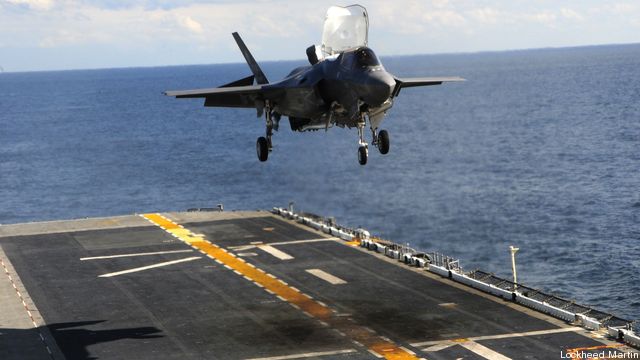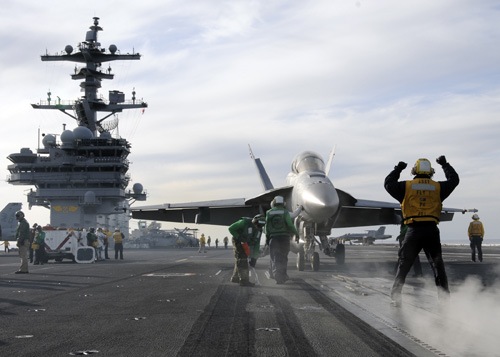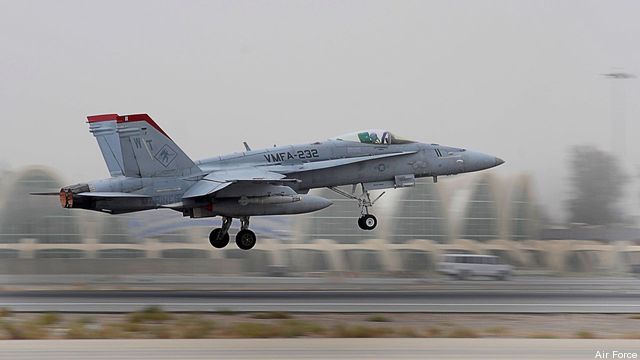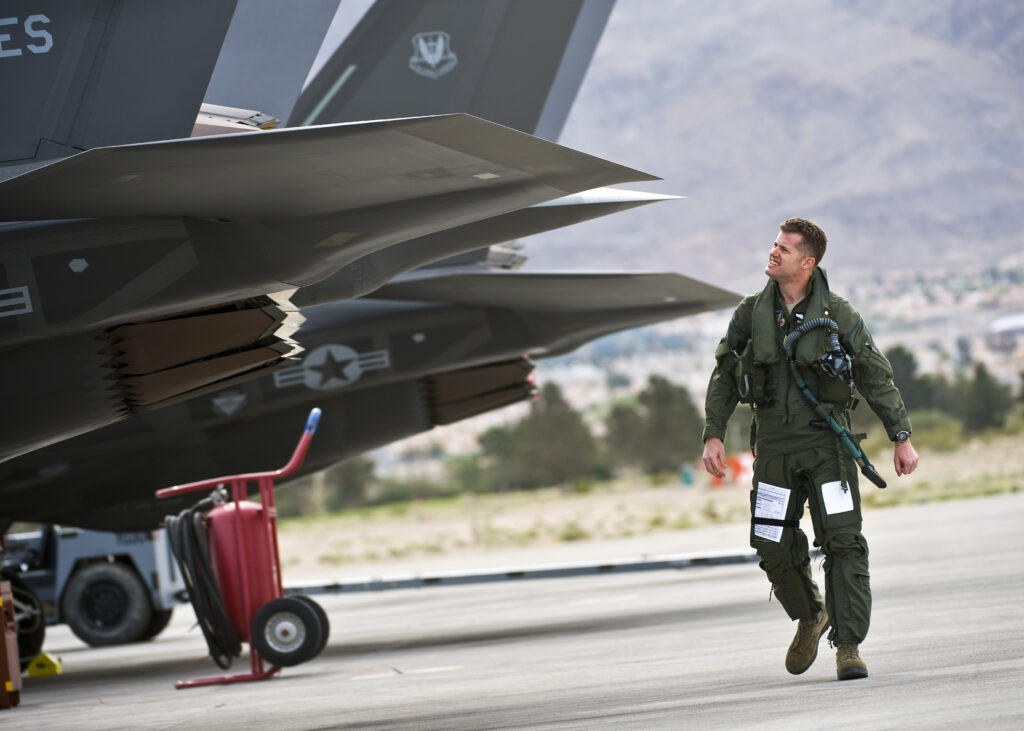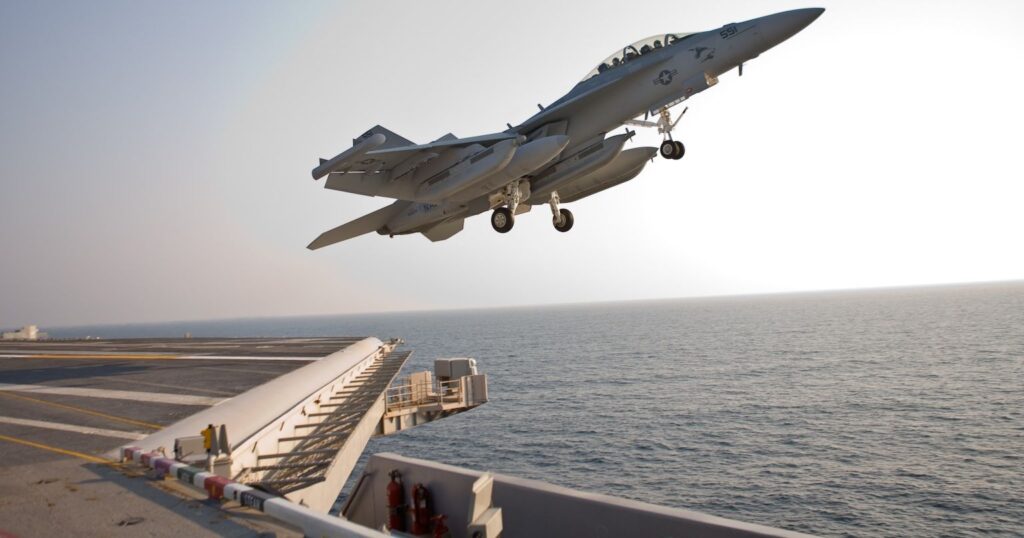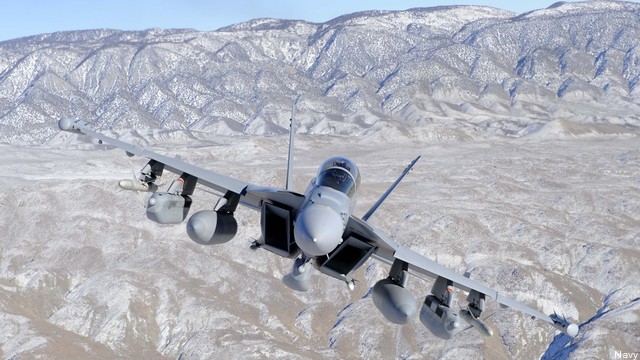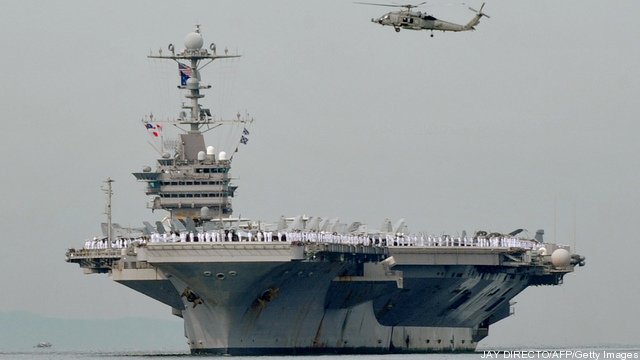F-35 Drives Closer Integration With Allies: Aussie Air Chief
Posted on
WASHINGTON: The F-35 Joint Strike fighter will drive deeper and more useful military connections between Australia, the United States and regional partners such as Japan and Malaysia, the head of Australia’s air force said today. “This aircraft has redefined joint” for Australia, Air Marshal Leo Davies said at the Center for Strategic and International Studies this morning, accelerating policy… Keep reading →
New Problems Hit T-45; Navy Tightens Flight Limits
Posted on
Days after the Navy’s T-45 Goshawk trainers returned to flight under strict safety restrictions because of problems with their air supply, the service felt compelled to make them even stricter. An aircrew’s report of “minor headaches” prompted the tighter limits, a Navy spokesperson told Breaking Defense. Only one flight out of 92 over 48 hours reported such… Keep reading →
Mattis Review Only Looks At F-35C Vs. Super Hornet; F-35 Cost Study Separate
Posted on
WASHINGTON: Of the three variants of Lockheed Martin’s F-35 Joint Strike Fighter, only the carrier-launched F-35C is at risk of being replaced by Boeing’s F-18 Super Hornet, the Marine Corps’s top pilot said today. It’s not on the table to substitute Hornets for either the land-based F-35A variant or the vertical-takeoff-and-landing F-35B, Lt. Gen. Jon Davis, deputy Commandant for… Keep reading →
Magic Carpet Ride: Navy Software Eases Carrier Landings
Posted on
NAVAL AIR STATION PATUXENT RIVER: So easy, a journalist can do it. That could be the slogan for the Navy’s new Magic Carpet software, which simplifies the most stressful task in aviation: landing on deck of an aircraft carrier. I’d never pretend I could fly a real plane. But in a simulator, with Navy engineer Buddy… Keep reading →
Oxygen Problems Afflicted 297 Navy & Marine Hornets
Posted on
CAPITOL HILL: It turns out Navy pilots like to breathe. That’s a potential problem in the Navy’s mainstay fighter, the F-18 Hornet, which is suffering failures of its On-Board Oxygen Generation System (OBOGS). While rare, a single case of in-flight oxygen deprivation could potentially kill the pilot, destroy a $30 million to $60 million aircraft, or… Keep reading →
Billions In F-35 Upgrades Debated; Canada Election Fallout
Posted on
CAPITOL HILL: While Congress and the media focus on immediate issues with the F-35’s ejection seat, the program has begun working on a long-range modernization plan to upgrade the Joint Strike Fighter’s combat power. This modernization package, with the so-called Block 4 software upgrade at its core, is essential to the aircraft reaching its “full warfighting capability,” Maj. Gen.… Keep reading →
Navy, OSD Studies Could Save Boeing’s F-18 Line
Posted on
CAPITOL HILL: Pentagon leaders are pushing hard to keep up the momentum of the F-35 Joint Strike Fighter. Many in the Navy, though, still look longingly back at the Boeing-built F-18 Hornet, whose St. Louis production line faces closure in 2017. There are two independent trends that together could save the St. Louis line and the Navy’s favorite plane. The first… Keep reading →
Pentagon Launches Electronic Warfare Study: Growler Line At Stake
Posted on
CAPITOL HILL: The Pentagon has launched a wide-ranging study of electronic warfare, looking across the services at major platforms such as the EA-18G Growler and the F-35’s three versions. “We are doing right now in the Department of Defense a study that looks at all electronic attack[:] what is the situation in electromagnetic warfare across… Keep reading →
Navy 2016 Budget Funds V-22 COD Buy, Carrier Refuel
Posted on
PENTAGON: The Navy 2016 budget yields to Congress’s strong opposition to the service’s previous efforts to cut the active fleet to save money. It funds nuclear refueling and overhaul of the aircraft carrier USS George Washington –that it had tried to retire — and modifies its plan to put 11 cruisers and an amphibious ship… Keep reading →
Next Gen Jammer Passes First Airborne Tests: Raytheon
Posted on
WASHINGTON: Raytheon’s Next Generation Jammer underwent its first test flights at the Naval Air Weapons Station China Lake as the electronic warfare association’s annual conference got underway in October. The tests were performed to judge whether the system could successfully jam and disrupt enemy threat radars. This marks the first tests of the pod itself, the AESA… Keep reading →

